Tadoku - Let's Read! Course Introduction Video (and transcript)
/Tadoku (多読), also called Extensive Reading, is the practice of learning a foreign language by reading lots of easy books. It's a really fun way to explore the Japanese language, without feeling pressure to understand every word.
This footage is from the 2019 Tadoku Summer Course at Step Up Japanese in Brighton, UK. In summer 2020, we also held our first Online Tadoku course.
Thanks to Daniel Sheen for making this video!
Watch the video, or scroll down to read a transcript. Click "CC" to turn on the subtitles 👍
Read More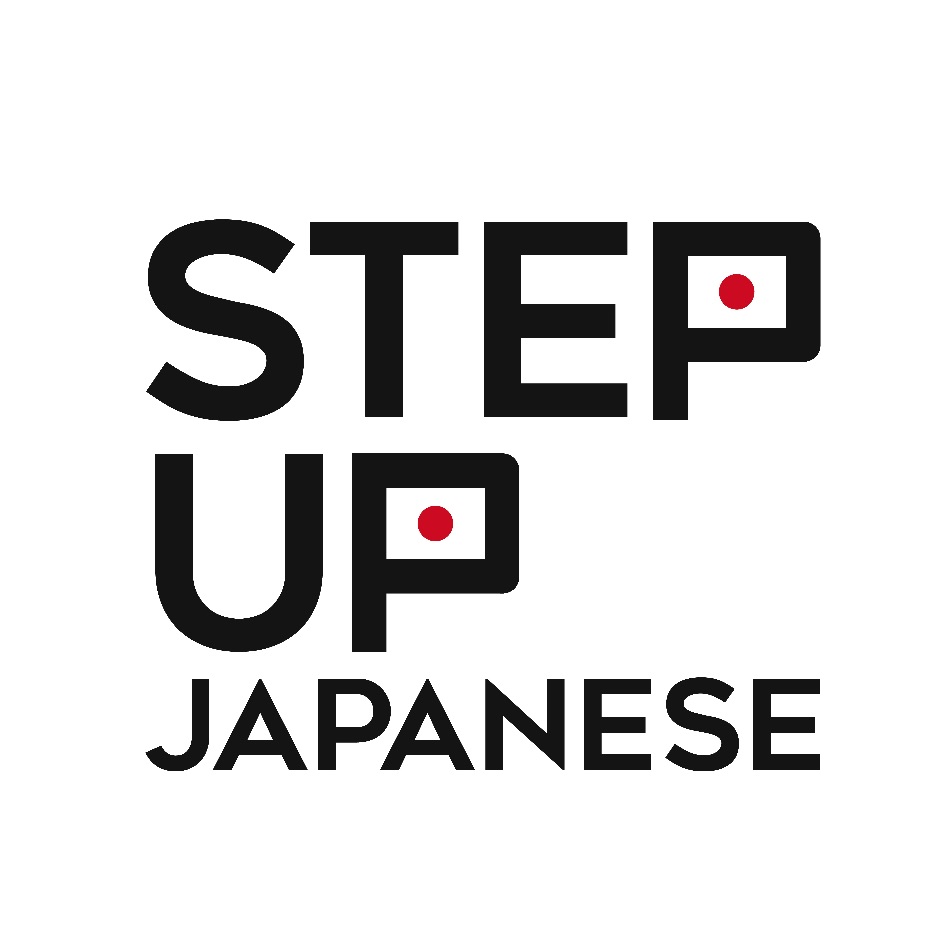


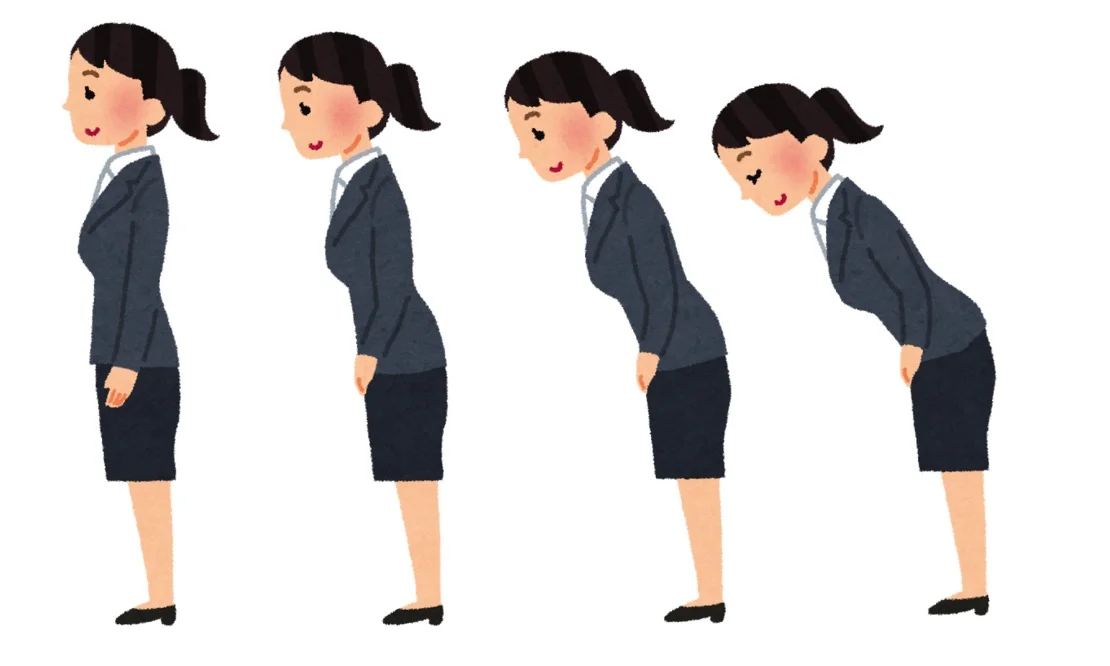








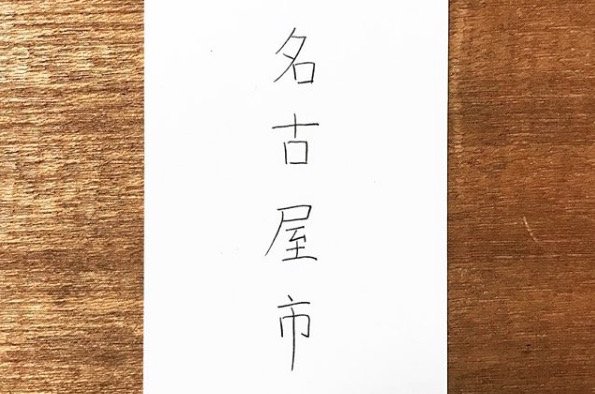

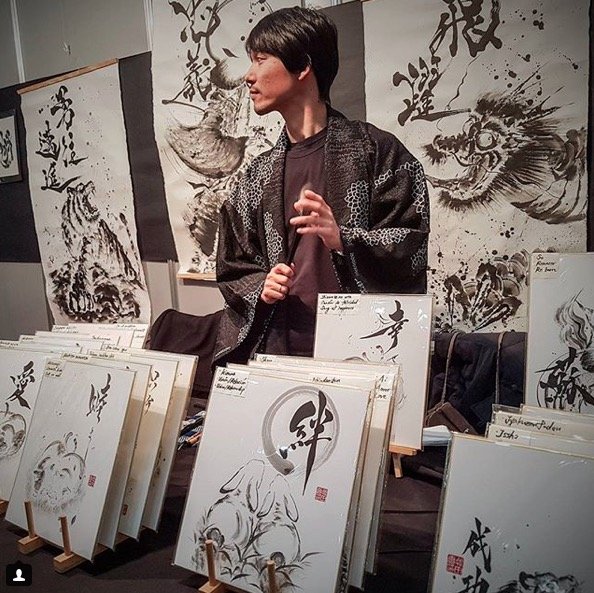
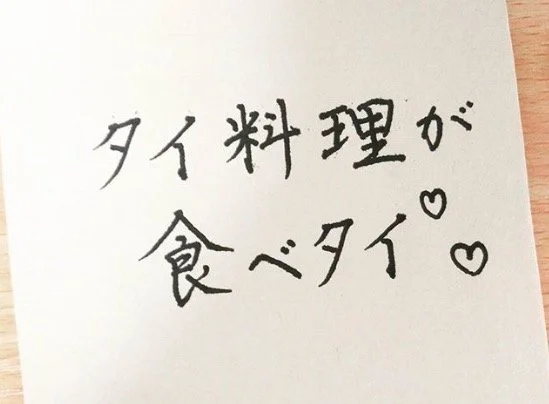

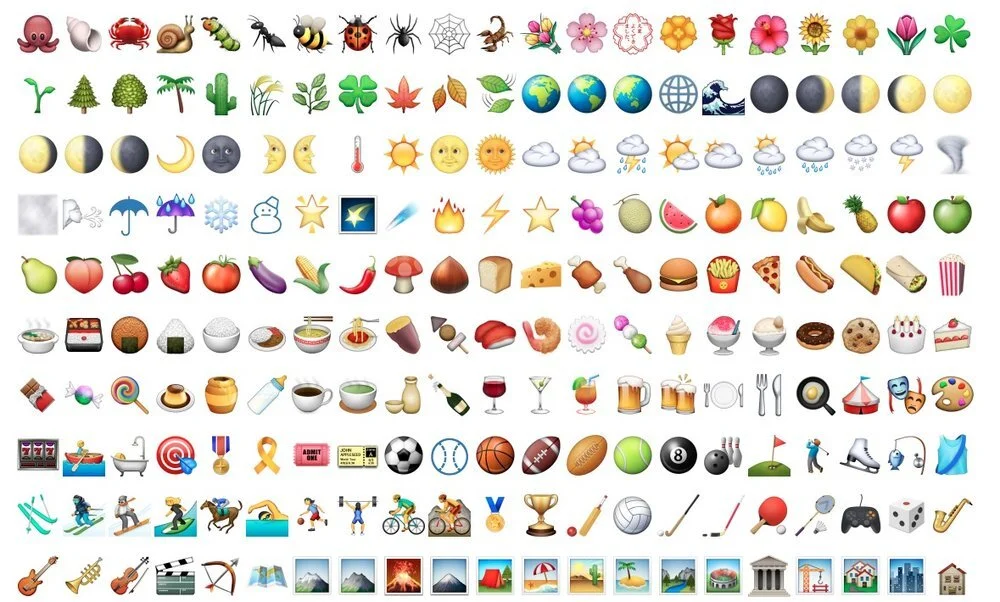





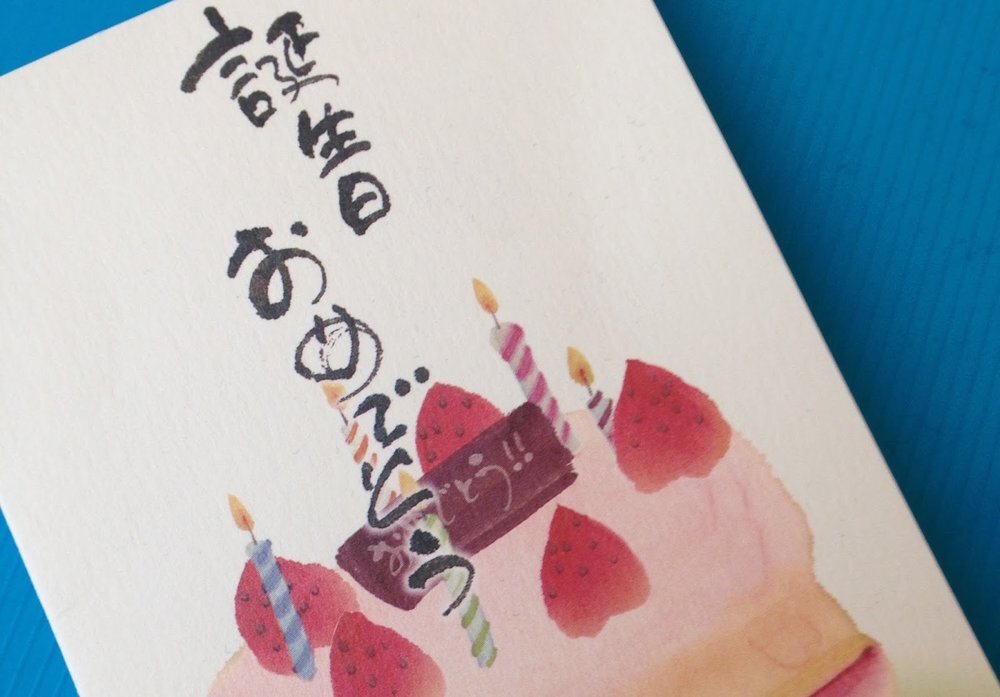







Like many people in the UK, I studied French in school. I liked French. I thought it was really fun to speak another language, to talk with people, and to try and listen to what was going on in a new country. (Still do!)
When I was 14 we went on a school exchange to the city of Reims, in northeastern France. I was paired with a boy, which I’m sure some 14-year-olds would find very exciting but which I found unbearably awkward. He was very sweet and we completely ignored each other.
That was nearly 20 years ago, and I didn’t learn or use any more French until, at some point in lockdown, I decided on a whim to take some one-to-one lessons with online teachers. Here are some things I learned about French, about language learning, and about myself.